Why I Do NOT Want to Go Back to School
I personally have thrived doing online learning during the COVID-19 pandemic.
It seems as though whenever you flip through the news on TV, there is a story filled with students who are ready to get back in the classroom. But what about those who are not?
Logically speaking, getting over 2,000 teenagers to follow the safety guidelines seems like an impossible task, considering it was difficult enough to keep students off their phones or wearing a lanyard during the school day.
And every time a student or staff member makes the slightest protocol mistake, someone’s life can be put on the line, whether that is a student, family member, staff worker, or even someone in the community.
COVID-19 is more dangerous to adults, especially the elderly or immunocompromised. But there are more and more cases present in children, proving that kids are not immune to this virus. Many children are asymptomatic carriers as well, which would make it easier to spread if a student shows up to school unaware they are infected.
Sure, a hybrid model is being planned to get smaller quantities of students back in the building at a time, but it only takes one infected person to spread it to a whole school.
Teachers who have had long careers are being forced to make tough decisions about their future in the profession. This is a no-win situation.
— Mrs. Kristina Daman
One model proposed to split the students in the school by last names A-K and L-Z. Those at the beginning of the alphabet would come in person Monday and Tuesday and do distant learning Thursday and Friday. Last names L-Z would be opposite.
On any given day, teachers would be required to teach both the students in the classroom and the ones learning from home. This is not ideal or efficient because teachers will have to work twice as much to keep two separate groups of students on the same track.
As the daughter of a teacher at Dunbar, I get to see both a student and a teacher perspective. Teachers are working their hardest to make things as easy as possible for students during this trying time. Many people don’t take into consideration that students are not the only people in the school building.
It seems as though parents who are so desperate to get their kids back to in-person school are willing to sacrifice the health and safety of other students and staff so they can return to work. While I understand this need, I question whether or not the end justifies the means.
“I have concerns about students who are medically fragile or have weakened immune systems,” Special Education teacher Mrs. Kristina Daman said. “I also worry about older parents, grandparents, and guardians who are more susceptible to complications of COVID and are raising students. Teachers who have had long careers are being forced to make tough decisions about their future in the profession. This is a no-win situation.”
Although online learning has its downsides, it also presents advantages for many students. I am a very independent worker who prefers to complete assignments without the company of others. Being at home is more comforting for me because I am allowed to stay in my house clothes and do schoolwork from the bed.
It is really nice when teachers end the Zoom call early because then I have time to get my work done and not have to worry about spending my whole evening on homework. If school was in person, I would have distractions in the classroom that make it difficult to be able to complete assignments throughout the day.
I understand being cooped up at home for many months is tough for students who need social interactions. And I know NTI is especially difficult for students who lack consistent Internet access or don’t have a quiet space to work. But as a socially awkward introvert, it feels like a nightmare to think about not just going back to school, but doing it during the pandemic. With case rates where they are and COVID-19 spreading in restaurants and at UK, I don’t think it’s safe to send students back into the building.
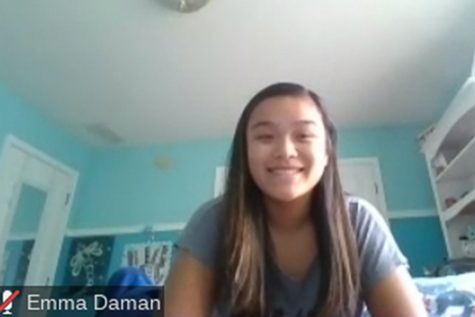
My name is Emma, I am a junior and this is my third year on the Lamplighter staff.
I have always enjoyed writing more than any other subject since I...


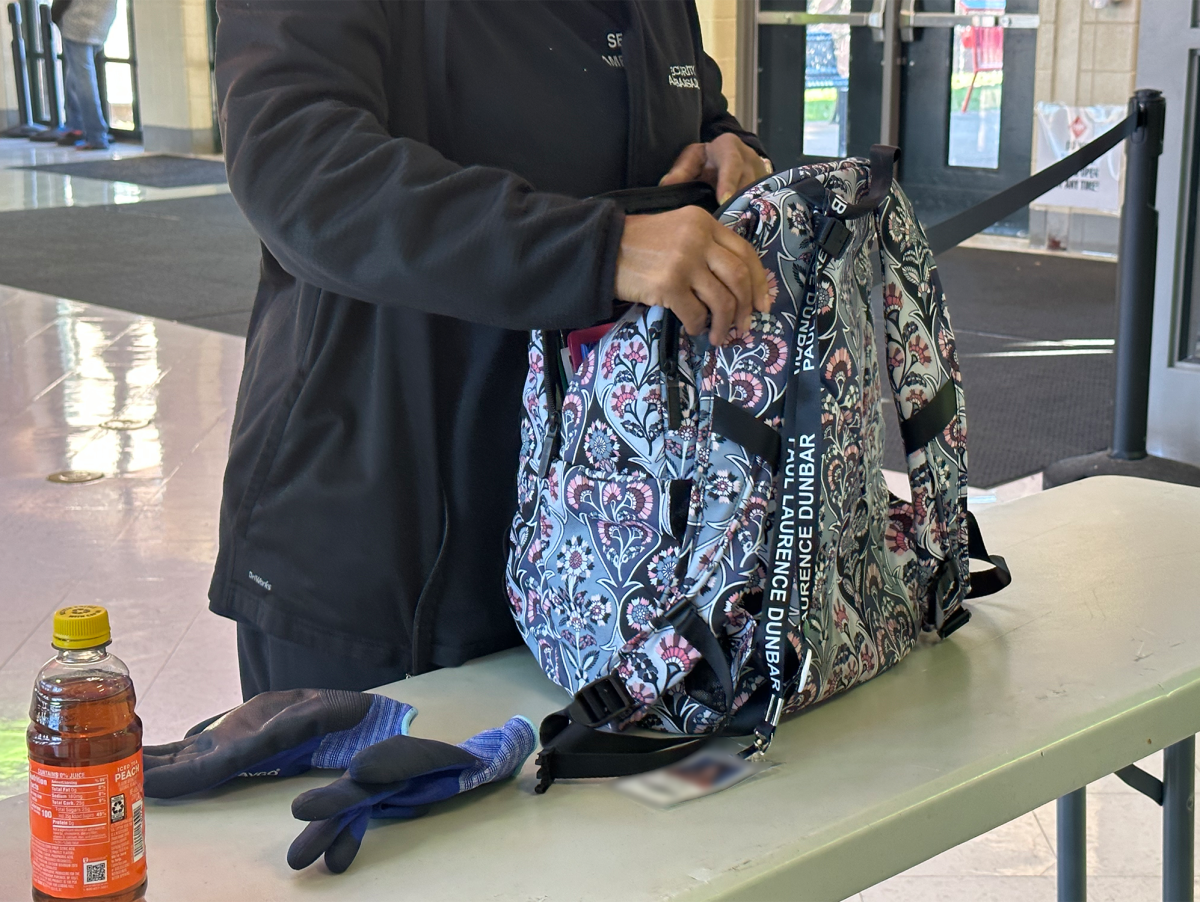
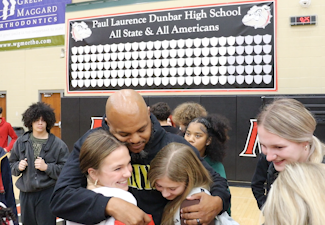

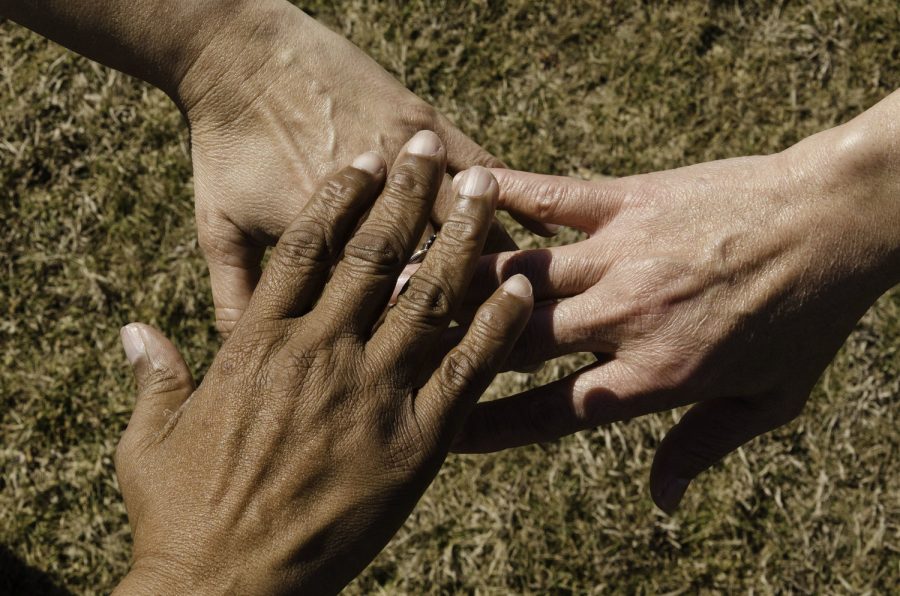

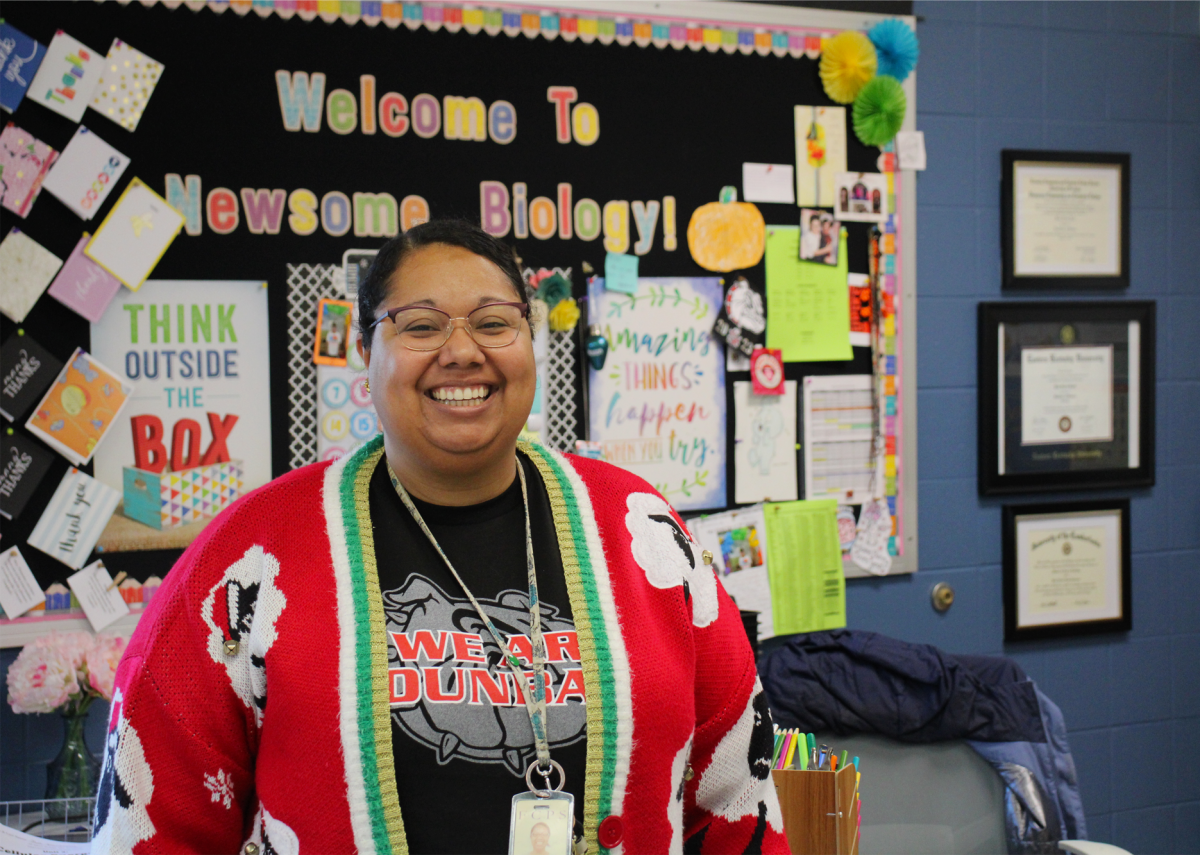
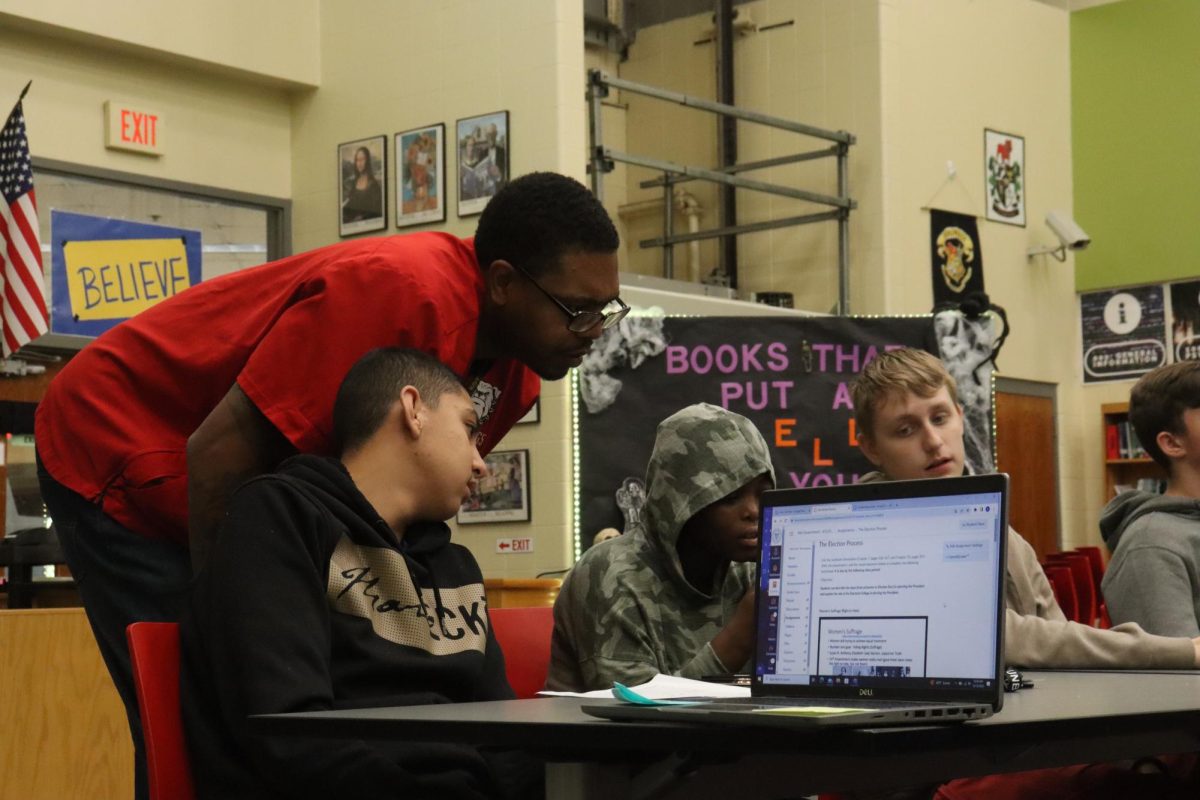









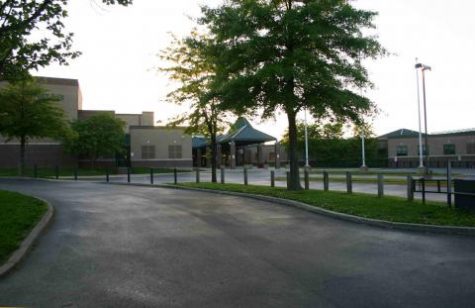
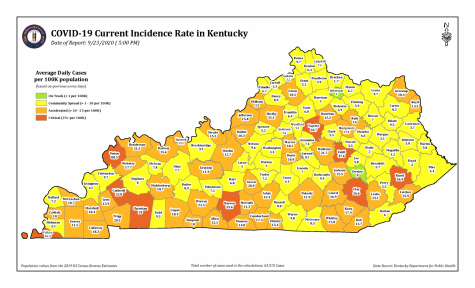
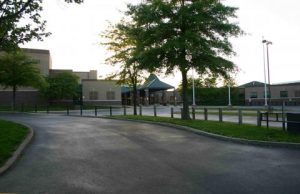
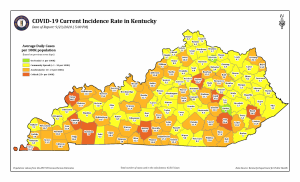


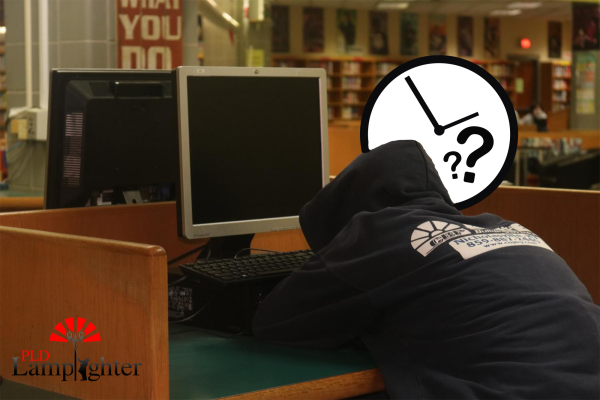


R Breeze • Oct 20, 2020 at 4:57 PM
Thank you for your perspective. Honestly it’s the first one I have read with the perspective of not wanting to return. Much of the media and groups I’ve seen are strictly about returning as soon as possible.
I appreciate seeing a different view and I can see why this would apply to some students. Well done.
Gary Damman • Oct 20, 2020 at 9:36 AM
Great article Emma. Straight to the point and well said.